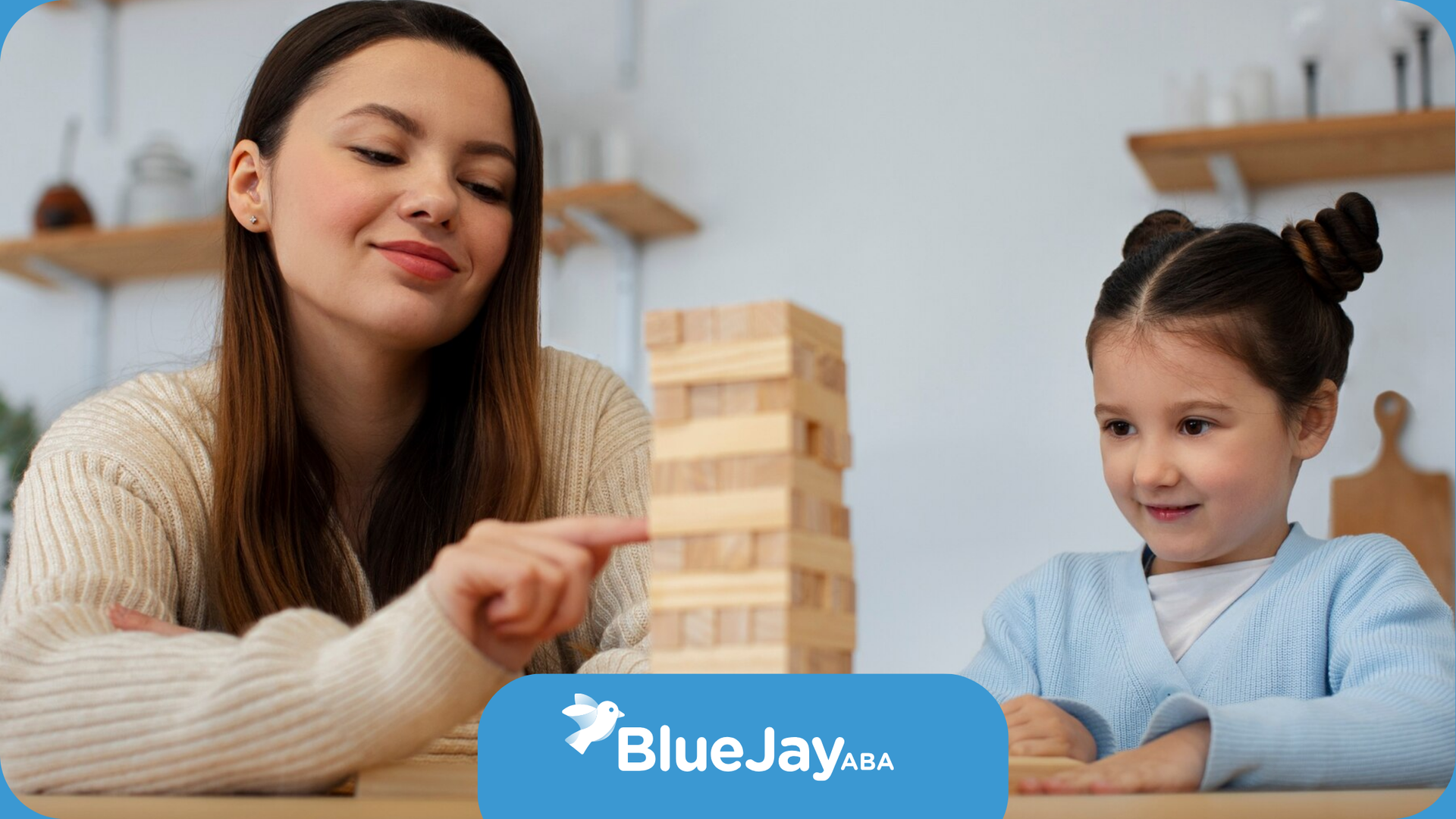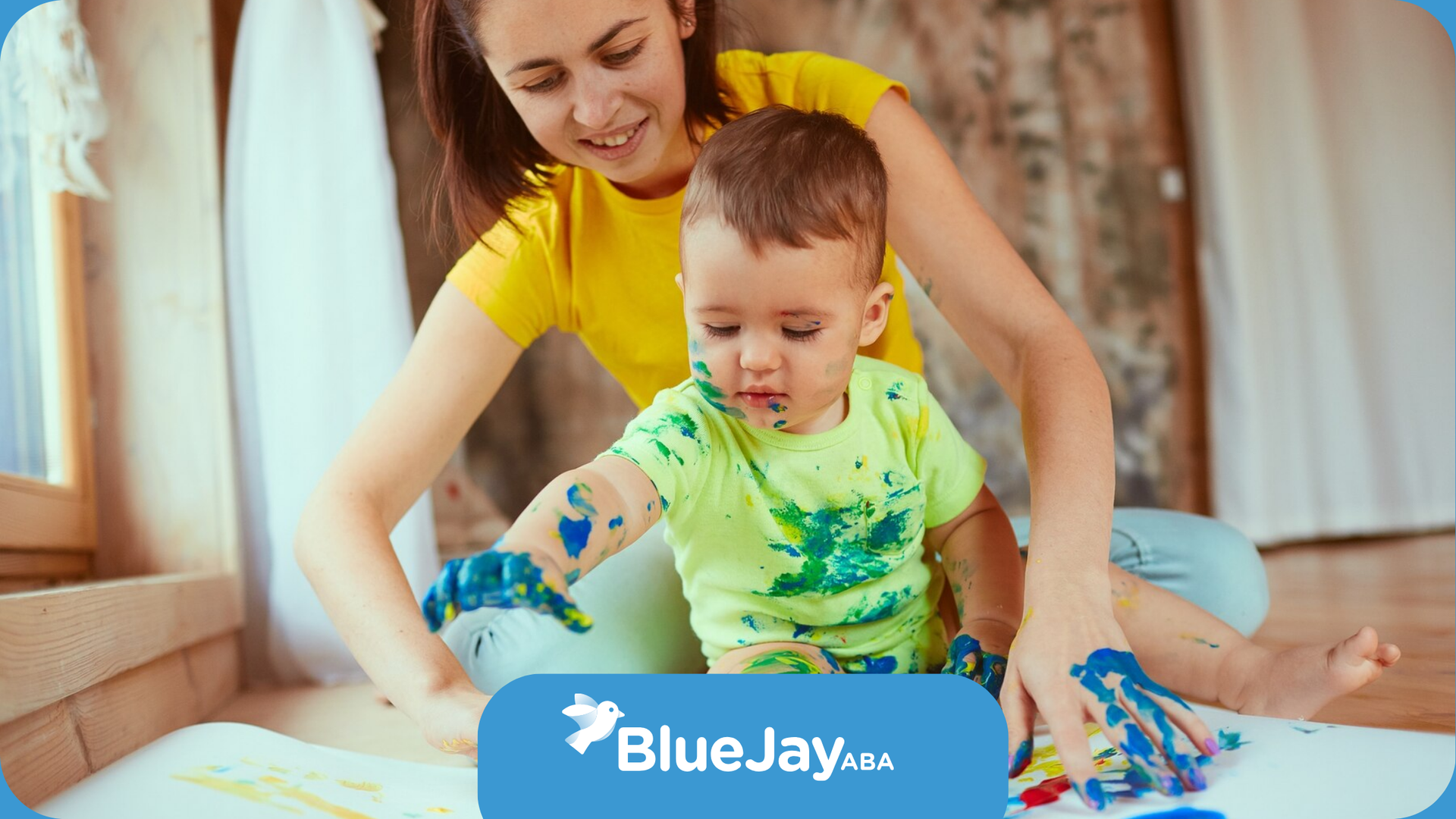How Effective is In-Home ABA Therapy?
In-home Applied Behavior Analysis (ABA) therapy has become an increasingly popular choice for families seeking effective interventions for children with autism spectrum disorder (ASD). This approach offers personalized care that can be tailored to the unique needs of each child and their family.
In this article, we will explore the importance of individualized care in
in-home ABA therapy, how therapists personalize interventions, and the methods used to track progress through personalized goals.
The Importance of Individualized Care
Why One Size Doesn’t Fit All
Every child with autism is unique, presenting a distinct set of strengths, challenges, and preferences. This individuality makes it essential for therapy to be customized rather than following a one-size-fits-all approach. Individualized care in ABA therapy ensures that interventions are specifically designed to address each child's needs, promoting better engagement and more effective learning outcomes.
Individualized treatment plans take into account various factors, such as the child's age, developmental level, communication abilities, and specific behavioral challenges. By focusing on what works best for the child, therapists can create a more supportive and effective therapeutic environment.
Adapting Strategies to Fit Family Needs
In-home ABA therapy allows for a seamless integration of therapeutic strategies into the child’s daily life. This setting enables therapists to consider family dynamics, routines, and preferences when developing treatment plans. For instance, if a child struggles with transitions during morning routines, the therapist can work directly within that context to teach skills that will help ease those transitions.
Additionally, involving parents in the planning process fosters collaboration and ensures that interventions align with family values and goals. When parents feel empowered to contribute to their child's therapy, they are more likely to reinforce learned skills at home, leading to greater consistency and progress.
How ABA Therapists Personalize Interventions at Home
Using Familiar Objects as Teaching Tools
One of the significant benefits of doing ABA therapy at home is the ability to use familiar objects as teaching tools. Therapists can incorporate toys, household items, or even family members into sessions to create engaging learning opportunities. For example:
- Using Toys: If a child enjoys playing with action figures, a therapist might use these figures to teach social skills such as sharing or taking turns.
- Incorporating Daily Activities: A therapist could integrate cooking tasks into therapy by teaching counting or sequencing while preparing a simple recipe together.
By utilizing familiar objects and activities, therapists can make learning more relatable and enjoyable for children, thereby enhancing their motivation and engagement.
Addressing Sensory Preferences Within the Home Environment
Many children with autism have specific sensory preferences or sensitivities that can affect their ability to learn effectively. In-home therapy allows therapists to tailor interventions based on these sensory needs. For example:
- Creating a Sensory-Friendly Space: Therapists can work with families to create a designated area in the home that minimizes distractions and sensory overload. This space might include calming elements such as soft lighting or noise-canceling headphones.
- Adapting Activities Based on Sensory Preferences: If a child is particularly sensitive to certain textures or sounds, therapists can modify activities accordingly. For instance, they might use softer materials for hands-on activities or incorporate quiet time between tasks.
By addressing sensory preferences directly within the home environment, therapists can help children feel more comfortable and focused during sessions.
Tracking Progress Through Personalized Goals
Setting Milestones That Matter
Tracking progress is an essential component of any effective therapy program. In in-home ABA therapy, personalized goals are established based on initial assessments and ongoing observations. These goals reflect both therapeutic priorities and family aspirations. For example:
- Communication Goals: A child may have specific goals related to initiating conversations or using complete sentences.
- Behavioral Goals: Another child might work on reducing instances of frustration during transitions from one activity to another.
By setting clear milestones that matter to both the therapist and the family, progress can be monitored effectively over time.
| ABA Therapy Setting | Key Features | How Well It Works |
|---|---|---|
| Home-Based | Easy on the wallet, comfy at home, family in the loop | Fewer skills learned per hour |
| Center-Based | Well-organized place, specialized staff, hangouts with peers | More skills mastered |
Celebrating Achievements Along the Way
Recognizing and celebrating achievements—no matter how small—is vital for maintaining motivation and reinforcing positive behaviors. In-home ABA therapy provides numerous opportunities for families to acknowledge progress in real-time:
- Daily Wins: Parents can celebrate small victories during everyday activities. For instance, if a child successfully follows a morning routine without prompting, this achievement can be recognized immediately.
- Therapy Milestones: When specific goals are met—such as improving communication skills—families can celebrate these milestones together with rewards or special activities.
Celebrating achievements not only boosts the child's confidence but also strengthens family bonds by creating shared moments of joy.
Conclusion
In-home ABA therapy offers unique advantages that stem from its focus on individualized care. By adapting strategies to fit each child's needs and incorporating familiar elements into interventions, therapists create meaningful learning experiences that promote growth and development.
The personalized approach inherent in in-home therapy not only benefits children but also empowers families by involving them in their child's therapeutic journey. By setting meaningful goals and celebrating progress along the way, families can foster an environment where learning thrives.
As you consider your options for ABA therapy, remember that personalized care is key to unlocking your child's potential. Embracing this approach can lead to significant improvements in communication skills, social interactions, and overall independence—transforming everyday moments into opportunities for success.
At Blue Jay ABA, we are committed to providing high-quality in-home ABA therapy tailored specifically to your child's unique needs. Our team of experienced Board Certified Behavior Analysts (BCBAs) works closely with families to develop individualized treatment plans that focus on achieving meaningful outcomes.
If you are considering in-home ABA therapy for your child or have questions about its effectiveness,
get in touch with Blue Jay ABA! Together, we can unlock your child's potential and support their journey toward growth and independence.
FAQs
What is the difference between in-home ABA therapy and center-based ABA therapy?
In-home ABA therapy takes place in the child's familiar environment, allowing for real-life application of skills within daily routines. Center-based therapy occurs in a structured setting designed specifically for therapeutic interventions, providing access to specialized resources and peer interactions.
How do I know if in-home ABA therapy is suitable for my child?
In-home ABA therapy may be suitable if your child benefits from learning in familiar surroundings or if you want interventions integrated into daily life. Consulting with a qualified BCBA can help determine if this approach aligns with your child's needs.
How does Blue Jay ABA ensure personalized care for my child?
At Blue Jay ABA, our team conducts thorough assessments to understand each child's unique strengths and challenges. We then develop individualized treatment plans tailored specifically for them while involving parents throughout the process to ensure consistency at home.
Need Assistance?
We’re Here to Help
Our expert team is ready to support your child’s development and well-being.
We are committed to offering tailored ABA therapy solutions that promote growth.
Contact us today for Professional ABA Therapy.
Related Posts
MENU
GET IN TOUCH
STAY CONNECTED
Join our newsletter and find out more
Contact Us
We will get back to you as soon as possible
Please try again later







